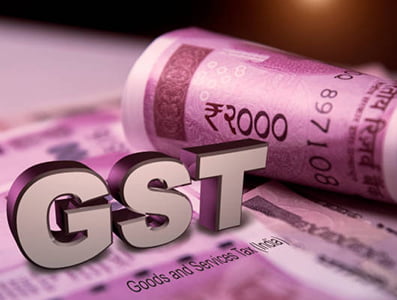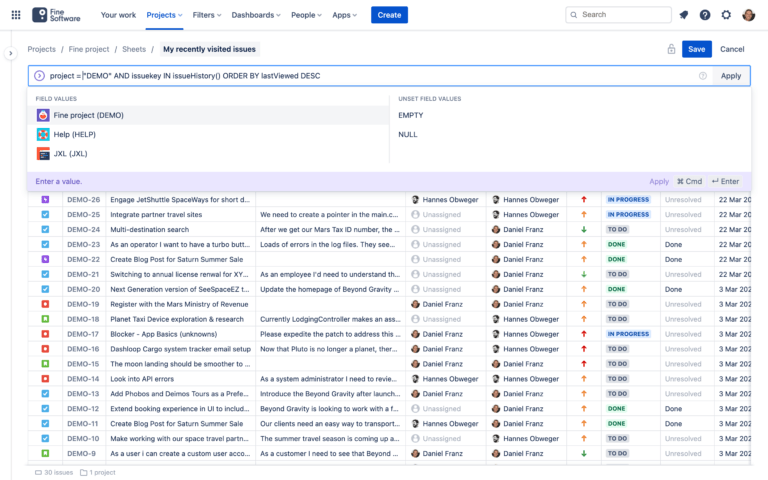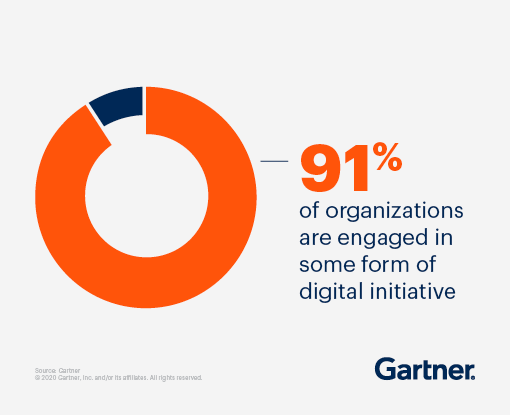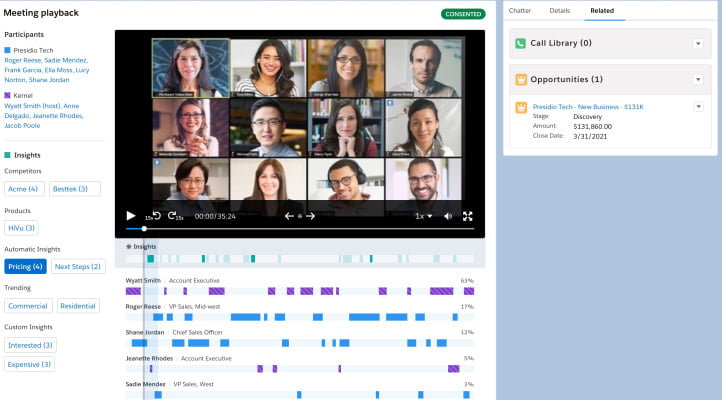
As with any country, the global pandemic’s effects have altered India’s whole financial system. A revised set of laws and changes was implemented, including new GST rates for the remainder of the fiscal year 2021 and the fiscal year 2022.
Whether it was MSME loans, vendor financing, commodities, or even day-to-day resources, the 45th session of the GST council, held in Lucknow for the purpose of renewing the GST rates in India, addressed them all. It has to be discussed further today in order to have a better understanding of the Goods and Services Tax in India and its impact on companies.
This article will discuss GST slabs and India’s current GST rate. Additionally, it will discuss recent GST rate adjustments as of the publication date of this article.
Also Read: GST Return – What Is GST Return? Who Should File, Due Dates & Types Of GST Returns?
GST Rates and Slabs Charts
Table of Contents
Let us first define GST in order to have a better grasp of the GST rates list.
GST is an indirect tax on goods and services bought in India. GST has absorbed all other indirect state and national taxes, with the exception of a few state levies. As a consequence, it is a tiered and comprehensive tax. It repealed the old policy of taxing at the site of origin and replaced it with a policy of taxing at the point of destination or consumption. Because it is a multi-stage tax, it is paid at each step of production but is returned to all parties except the ultimate customer.
The money generated by an intra-state commercial transaction is shared 50/50 between the central government and the state government. For instance, if Maharashtra collects Rs. 10 crore in tax income, the state retains Rs. 5 crore, and the national government gets Rs. 5 crore. The GST Act empowers states to import goods or services in order to collect taxes on interstate transactions involving the transportation of commodities or services across state boundaries. Consider the following hypothetical situation: Goods are exported from Maharashtra to Gujarat in an inter-state transaction. Gujarat is the state that receives the commodities and collects the taxes, which are subsequently split evenly between the federal government and the state.
In India, there are four existing GST slabs: 5%, 12%, 18%, and 28%. Additionally, there is the 0% exemption slab that is utilised in financial accounting. We’ll cover all of the essential commodities and services that are subject to India’s current GST rates. Additionally, we will advise you about the different exemptions and adjustments made by the GST council to the new GST rate.
| Slab rates | Products |
| 0% | Unpackaged food grains, Milk, Kajal, Eggs, Educational services, Curd (Yogurt), Health services, Lassi, Drawing and colouring books for children, Prasad, Fresh vegetables, Palmyra jaggery, Salt, Phool bhari jhadoo, Atta, Paneer, Maida, Gur (Jaggery), Besan, Unpackaged natural honey, Vegetables that have been temporarily stored but are no longer suitable for immediate consumption, Vegetables, cooked or raw, steamed, frozen, or boiled (branded), Books about music |
| 5% | Packed paneer, Tea, Coal, Edible oils, Raisin, Domestic LPG, Roasted coffee beans, PDS kerosene, Skimmed milk powder, Cashew nuts, Footwear (Rs.500), Milk, Baby food, Apparels (Rs.1000), Fabric, Coir mats, Matting & floor covering, Spices, Agarbatti, Coffee (except instant), Natural cork, Walking sticks, marble rubble, and fly ash blocks, as well as parts for the production of renewable energy devices classified as Tariff Chapters 84, 85, or 94 |
| 12% | Butter, Computers, Ghee, Processed food, Almonds, Mobiles, Fruit Juice Preparations of Vegetables, Fruits, Nuts or other parts of Plants including Pickle Murabba, Chutney, Jam, Jelly, Packed Coconut Water, Umbrella, Cork agglomerate, cork roughly squared or debugged, natural cork articles A movie ticket or Rs 100, premium for third-party vehicle insurance |
| 18% | Hair Oil, Capital goods, Toothpaste, Industrial Intermediaries, Soap, Ice-cream, Pasta, Toiletries, Corn Flakes, Computers, Soups, Printers, Power banks, video game consoles, billiards and snooker equipment, and other sports-related items are available through HSN code 9504. Retreated and used pneumatic rubber tyres, colour television sets and monitors up to “32 Inches,” digital and video camera recorders, HSN 8483 pulleys, transmission shafts, cranks, and gearboxes, Pilgrims’ air travel tax |
| 28% | Small cars (+1% or 3% cess), High-end motorcycles (+15% cess), Consumer durables such as AC and fridge, Beedis are NOT included here, Luxury & addictive items like luxury automobiles, cigarettesand aerated drinks (+15% cess) |
Also Read: GSTIN: What Is GSTIN Number? – Check & Verify GSTIN/UIN Number Online?
GST Rates Revision in 23rd GST Council Meeting
The 23rd GST council meeting was held on November 10th, 2017 and resulted in many adjustments. One of them was the reduction of the GST rate on 178 products from 28 per cent to 18 per cent. The following are some of the changes made to the GST statute during this meeting:
- Manufacturers and merchants are subject to a 1% GST under the composition system.
- Shampoo, perfume, tiles, and watches have been reduced from 28% to 18% as of November 15th, 2017.
- The percentage of wet grinders and tanks has decreased from 28% to 12%.
- Condensed milk, refined sugar, and diabetic food all had their GST rates slashed from 18% to 12%.
- Idli dosa batter, Desiccated coconut, and coir products have been lowered from 12 to 5%.
- Khandsari sugar, Duar meal, and dry veggies have decreased from 5% to 0%.
- For restaurants located inside hotels and rooms with a room cost lower than Rs. 7,500, the GST rates remain 5%.
GST Rates Revision in Services
| Services | New Rate | Old Rate |
| Supply of ebooks | 5% | 18% |
| Supply of Multimodal Transportation | 12% | Nil |
Also Read: All About GST, GST Full Form & Meaning, Types Of GST In India – What Is CGST, SGST, And IGST?
The following is a list of services that are exempt:
- The Coal Mines Provident Fund Organisation is the entity that administers the PF.
- State or national government-run old age homes give services to residents over the age of 60 for a cost of up to Rs. 25000.
- The National Pension System Trust charges a GST-free administration fee.
- Unincorporated bodies or recognised non-profit organisations give services to their members for a cost of up to Rs. 1000 per year.
- Services of artificial insemination for cattle (other than horses).
- The Food Safety and Standards Authority of India (FSSAI) offered food industry services.
- DISCOMS was responsible for the installation and commissioning of the electrical distribution network’s agricultural extension.
- Reinsurance services help insurance systems such as the Pradhan Mantri Rashtriya Swasthya Suraksha Mission.
- The federal and state governments guarantee their undertakings/public sector enterprises.
- The government assists ERCC by providing mining leases and collecting royalties.
- Foreign diplomatic missions, the United Nations, and other international organisations import services.
- Rather than the announced price, the real charge for hotel services will be subject to GST rate slabs.
- Account holders of the Pradhan Mantri Jan Dhan Yojana’s Basic Savings Bank Deposit (BSBD) (PMJDY).
- Rehabilitation professionals licensed by the Rehabilitation Council of India Act, 1992 who work in state-run hospitals, schools, rehabilitation centres, and charity organisations recognised under Section 12AA of the Income Tax Act, 1961.
- The government-guaranteed bank loans for its businesses and PSUs.
Conclusion
These are the most recent GST rates available on the market. Understanding these rates will assist any firm in effectively filing its GST taxes. Small enterprises need a significant amount of operating cash. FlexiLoans is a non-bank financial firm headquartered in India that offers online business loans to all SMEs and MSMEs. It provides fast business loans without the need for collateral and competitive interest rates and conditions.






